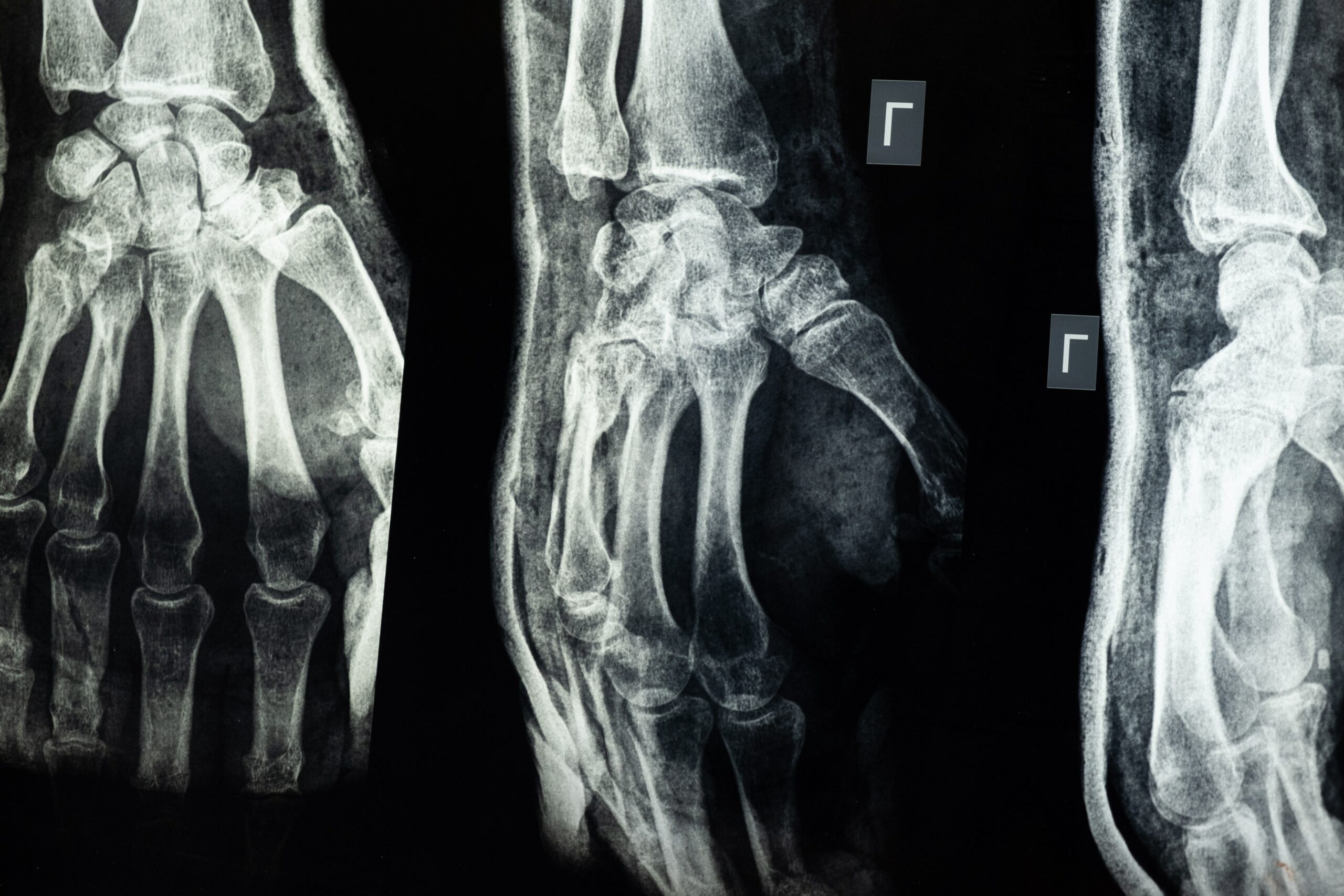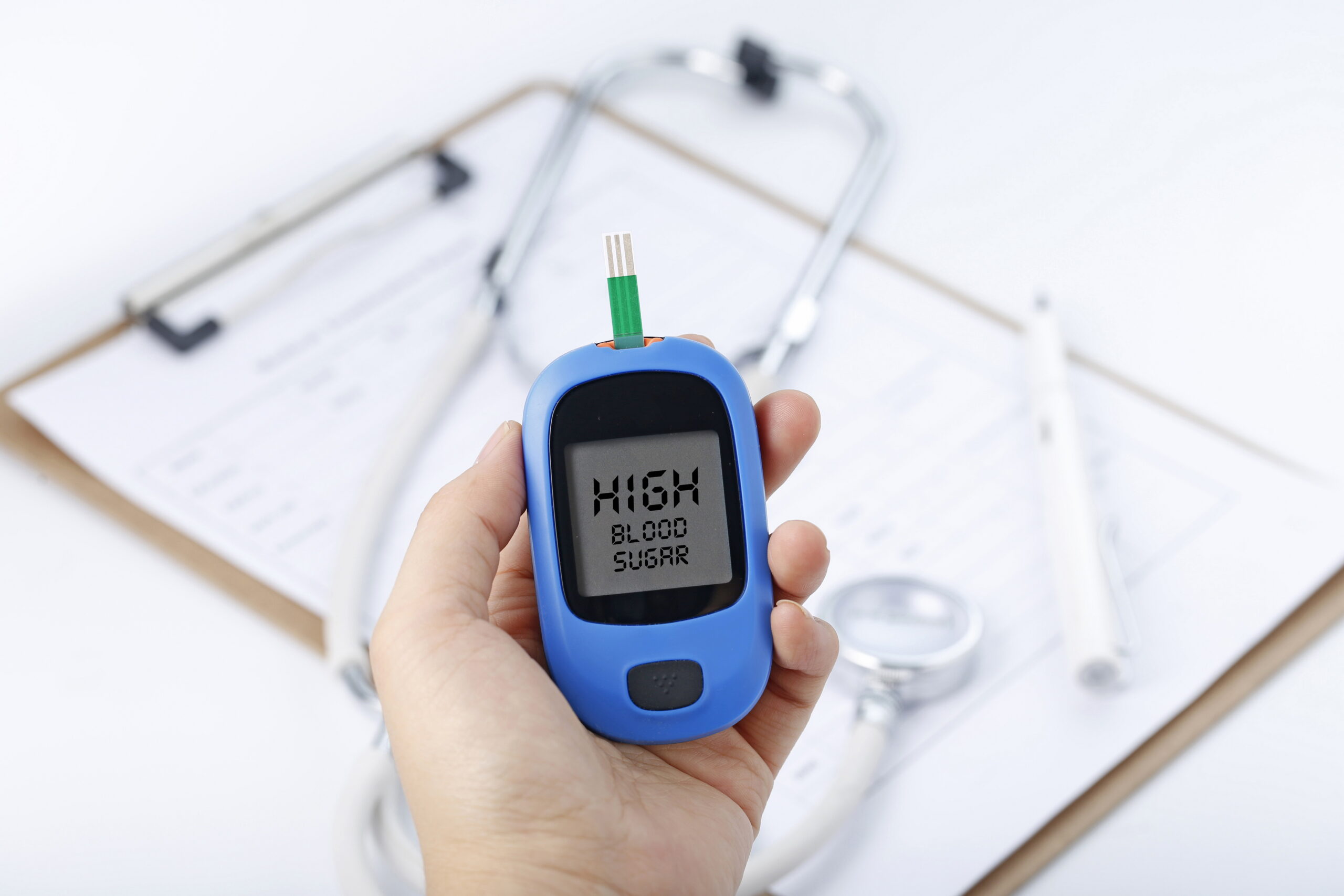How to Perform CPR on a Drowning Victim: Approximately 372,000 people a year drown worldwide. Most drowning accidents occur not at the seaside but in rivers, canals, swimming pools, and even baths. If you come across someone drowning or near-drowning, would you know what to do? This blog shows us all the five stages of drowning and how to perform CPR on a drowning victim.
What Is Drowning?
Drowning is a form of suffocation that occurs when the mouth or the nose is submerged in liquid. It usually takes place in bodies of water. When someone is drowning, their respiratory system becomes impaired because of the water intake. It will hinder the person from normal breathing, or they will not breathe at all. At this point, if the heart does not have enough oxygen, the brain and the body can shut down.
Drowning is not an uncommon event, and it can happen at any given time, place, and to anyone. Even with preventive measures in place, the threat of drowning is still there. Most occurrences involve young children, but this does not equate to adults being safe from it. Anyone can be a victim of drowning.
Five Stages Of Drowning
Drowning and near-drowning accidents undergo 5 stages that can happen within 10-12 minutes. Time is crucial when it comes to this event.
The stages of drowning include:
-
Surprise
The first stage is where the person inhales the water and goes into a fight or flight stage. It is arguably the scariest part as we tend to panic and gasp for breath for a few seconds.
-
Breathing Stops
At this stage, the lungs have been served with water. To prevent more water from getting in, the airway will begin to constrict. As this happens, your body will cause you to hold your breath involuntarily.
-
Unconsciousness
Involuntary breath-holding can lead to unconsciousness. Once you become unconscious, CPR may be needed for revival. It is the stage where a drowning person can be saved without permanent side effects. If the person does not receive resuscitation, breathing stops, and the heart slows down.
-
Hypoxic Convulsions
As the heart slows down, the body will enter a state of hypoxic convulsion. You may experience severe convulsions that are similar to seizures. The skin starts turning blue, especially around the lips and extremities, toes, and fingers.
-
Clinical Death
The final stage is where the brain, heart, and lungs reach ‘cerebral hypoxia.’ It means that the person is now facing irreversible damage to the vital organs. At this stage, there is no going back, and the chances of survival are low.
First Aid For Drowning
First and foremost, when approaching a drowning incident, do not become a casualty yourself. Try to get the person out of the water without putting your own safety at risk. You cannot help them if you get into trouble.
Once the victim is successfully out of the water, perform the following first aid steps.
- Check for response. Give the person a good shake, a shout, or a pinch on the earlobe. If the person does not show any signs of consciousness, proceed with the next step.
- Lie the person onto their back, with their chin and head tilted backward. This position helps clear the airway and get the person to start breathing. If there are no signs of breathing, start giving rescue breaths.
- Give the person five (5) rescue breaths. Pinch the nose area with your head slightly tilted as you breathe into their mouth. Each rescue breathe should last 1 second, with deep breathes in between. Valuable oxygen is critical for the person’s lungs to survive. After 5 rescue breathes, perform CPR.
- Place your hand on top of the other and start pushing down right to the centre of the chest. Push down for 5 to 6 cm every time and do this for 1 minute straight (120 compressions per minute. Do chest compressions at the rhythm of the song ‘Stayin’ Alive’ by the BeeGees, as the beat fits perfectly for CPR.
- Call emergency services or have someone else do it. As soon as you have called for help, continue with the cycle of 30 chest compression followed by 2 rescue breaths. Repeat cycle until the person starts breathing normally or until help arrives.
Sometimes no matter how cautious we are, drowning accidents can still happen. By educating ourselves on how to perform CPR, we are ensuring that our loved ones are in the best possible hands at all times. Delivery of CPR after drowning increases the chance of survival by up to 50%, which makes learning First aid and CPR truly an investment.
Enrol in a CPR class today.
Visit the First Aid Course Perth for more information.






